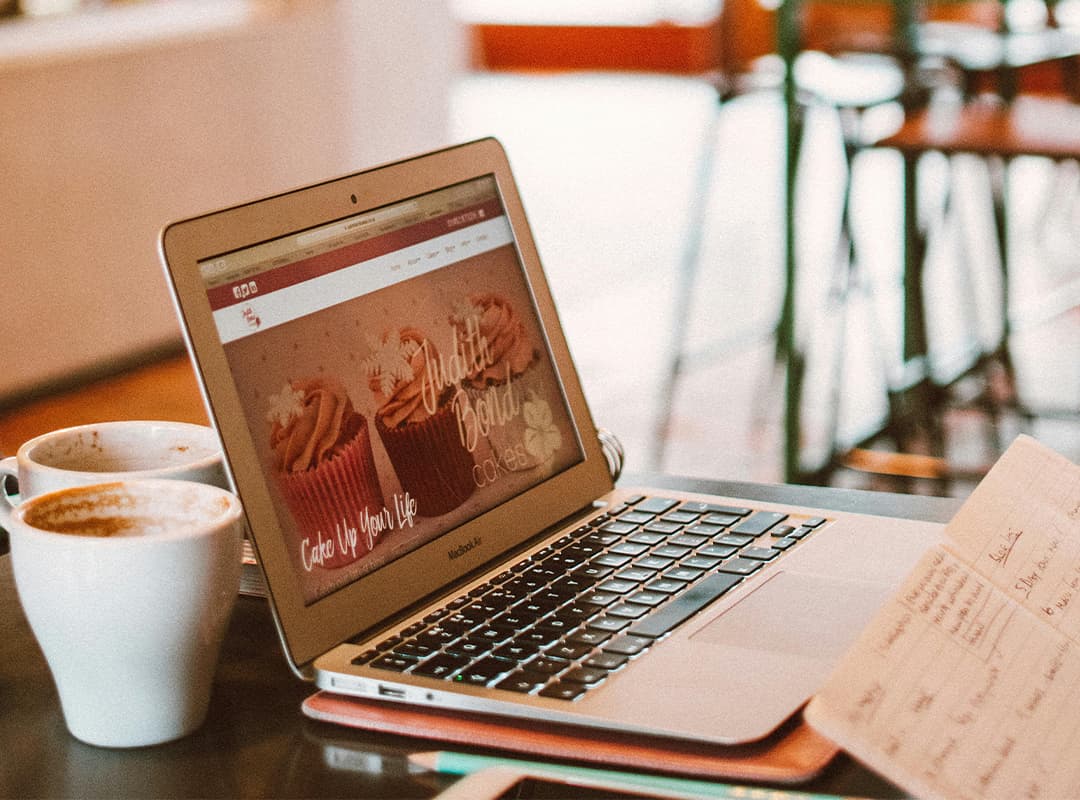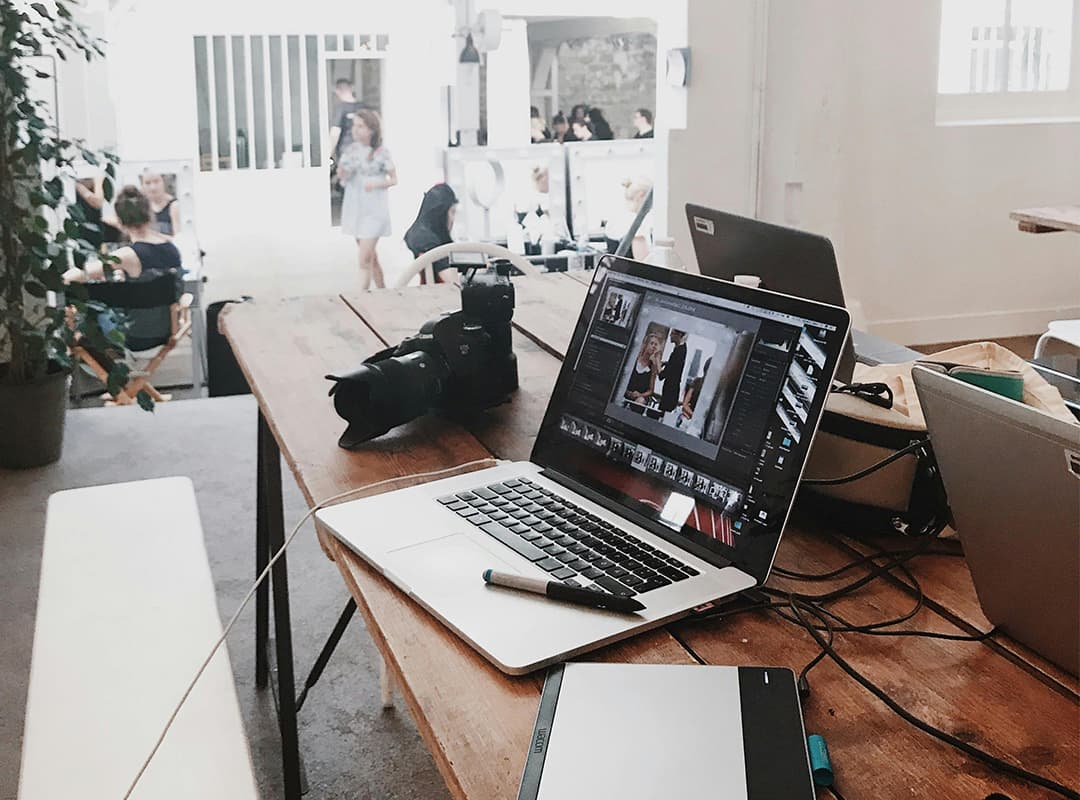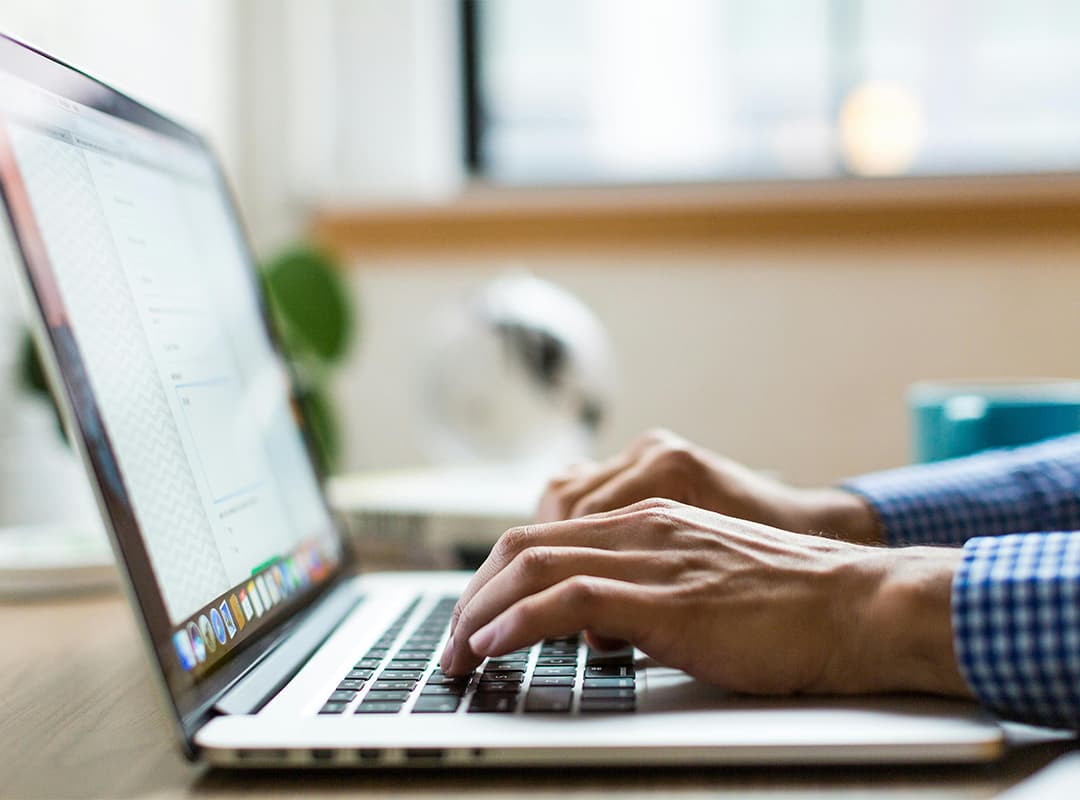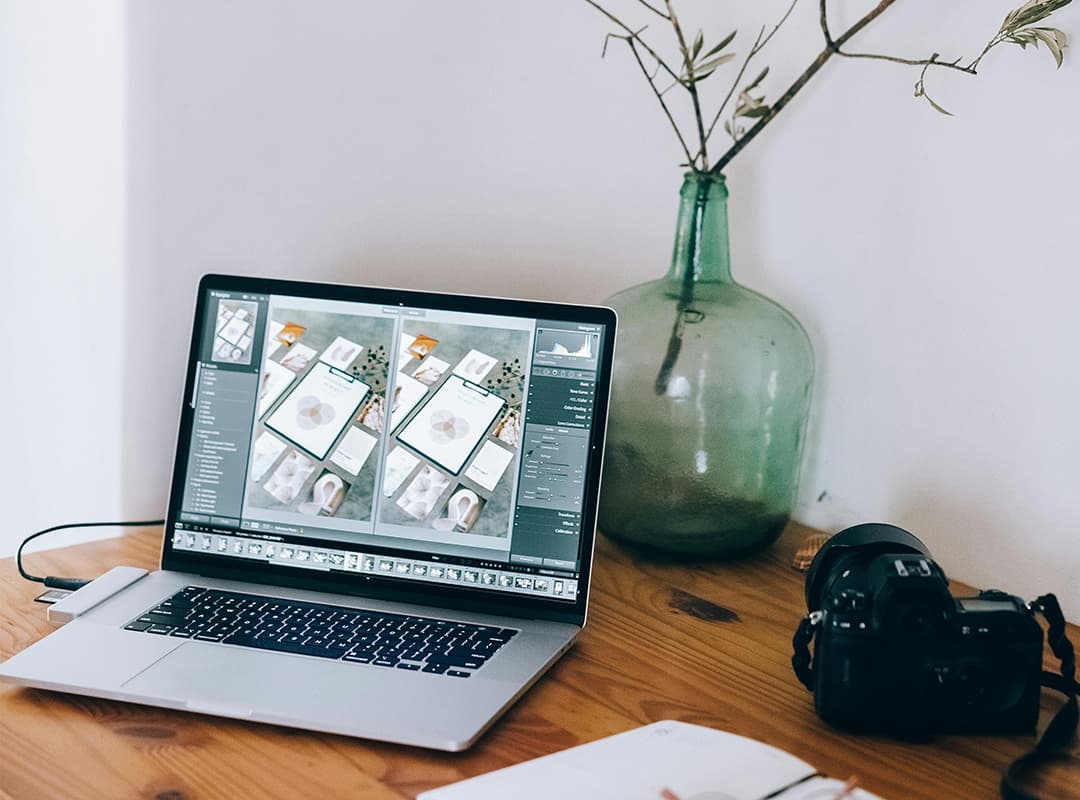Experimental typography is a fascinating realm within graphic design that pushes the boundaries of traditional text presentation. This artistic practice involves manipulating typefaces in unconventional ways to create visually engaging and conceptually intriguing designs. From quirky fonts and funky colors to unexpected layouts and cool props, experimental typography captures attention and invites viewers to look closer. It’s a playground for designers to test new ideas and challenge the norms of readability and aesthetics.
What is Experimental Typography?
At its core, experimental typography involves using type as more than just a means of conveying information; it transforms type into a visual element that contributes to the overall design. This can include altering the shapes of letters, playing with scale and proportion, integrating type with images or textures, and utilizing unconventional materials and techniques. The goal is to evoke emotions, convey messages in a unique way, and sometimes even provoke thought or reaction from the audience.
The Essence of Experimentation
Designers engage in experimental typography to explore the limits of visual communication. They often test various design elements and interfaces to breathe life into a piece and make it stand out. These experiments can involve a variety of approaches:
- Altered Shapes: Changing the standard shapes of letters to create a new visual language.
- Lighting and Shadows: Using lighting effects to add depth and dimension to type.
- Textures and Materials: Incorporating different textures and materials to add a tactile quality to type.
- Interactive Elements: Creating type that interacts with the viewer, such as motion graphics or augmented reality.
These experimental techniques are used to determine what works best for a particular design and to discover new methods of visual storytelling.
Trends in Experimental Typography
Several trends have emerged in the world of experimental typography, each pushing the boundaries of what type can do:
- Kinetic Typography:
- This involves animating type to create motion graphics that bring words to life. Kinetic typography can be used in digital media, such as videos and web animations, to create dynamic and engaging text.
- Layered and Overlapping Text:
- Designers often layer text over images or other text to create complex and visually interesting compositions. This technique adds depth and can convey multiple messages simultaneously.
- Hand-drawn and Organic Type:
- Hand-drawn typefaces and organic shapes bring a personal and human touch to typography. This trend emphasizes imperfection and uniqueness, making each piece one-of-a-kind.
- 3D Typography:
- Using three-dimensional effects and techniques, designers create type that appears to leap off the page or screen. This can involve digital 3D modeling or physical constructions photographed for print.
- Abstract and Deconstructed Type:
- Breaking down letters into their component parts or abstract shapes challenges the viewer’s perception of text. This trend often leads to type that is more about form and aesthetic than legibility.
- Minimalist Experimental Type:
- Even within the realm of minimalism, experimental type can thrive. Designers play with the negative space, subtle alterations, and minimalist color palettes to create impactful designs with minimal elements.
Notable Examples of Experimental Typography
To illustrate the impact and creativity of experimental typography, here are some notable examples:
- Stefan Sagmeister’s Work:
- Sagmeister is renowned for his bold and unconventional use of type. In one project, he used leaves to form letters, creating a natural and ephemeral piece of typography.
- Paula Scher’s Maps:
- Scher’s typographic maps use text to depict geographical information. The text itself forms the shapes of countries and cities, merging cartography and typography in an innovative way.
- David Carson’s Grunge Typography:
- Carson is famous for his grunge style, which often involves distressed and chaotic type treatments. His work for Ray Gun magazine in the 1990s broke many typographic rules and set new trends in editorial design.
- Craig Ward’s Experimental Letterpress:
- Ward combines traditional letterpress techniques with modern design, creating pieces that are both nostalgic and contemporary. His work often features intricate details and innovative use of materials.
- Alex Trochut’s Liquid Type:
- Trochut’s liquid type experiments involve creating letters that appear to be made of liquid substances. This approach adds a sense of movement and fluidity to static text.
Experimental typography is a vibrant and evolving field within graphic design. By pushing the boundaries of traditional type usage, designers can create compelling, innovative, and visually stunning work. Whether through kinetic typography, layered text, or 3D effects, the possibilities are endless. These trends and examples illustrate how experimental typography can transform text into a powerful visual tool, enhancing both the aesthetic appeal and communicative power of design. For designers, it’s an opportunity to explore, innovate, and redefine the limits of typography.



